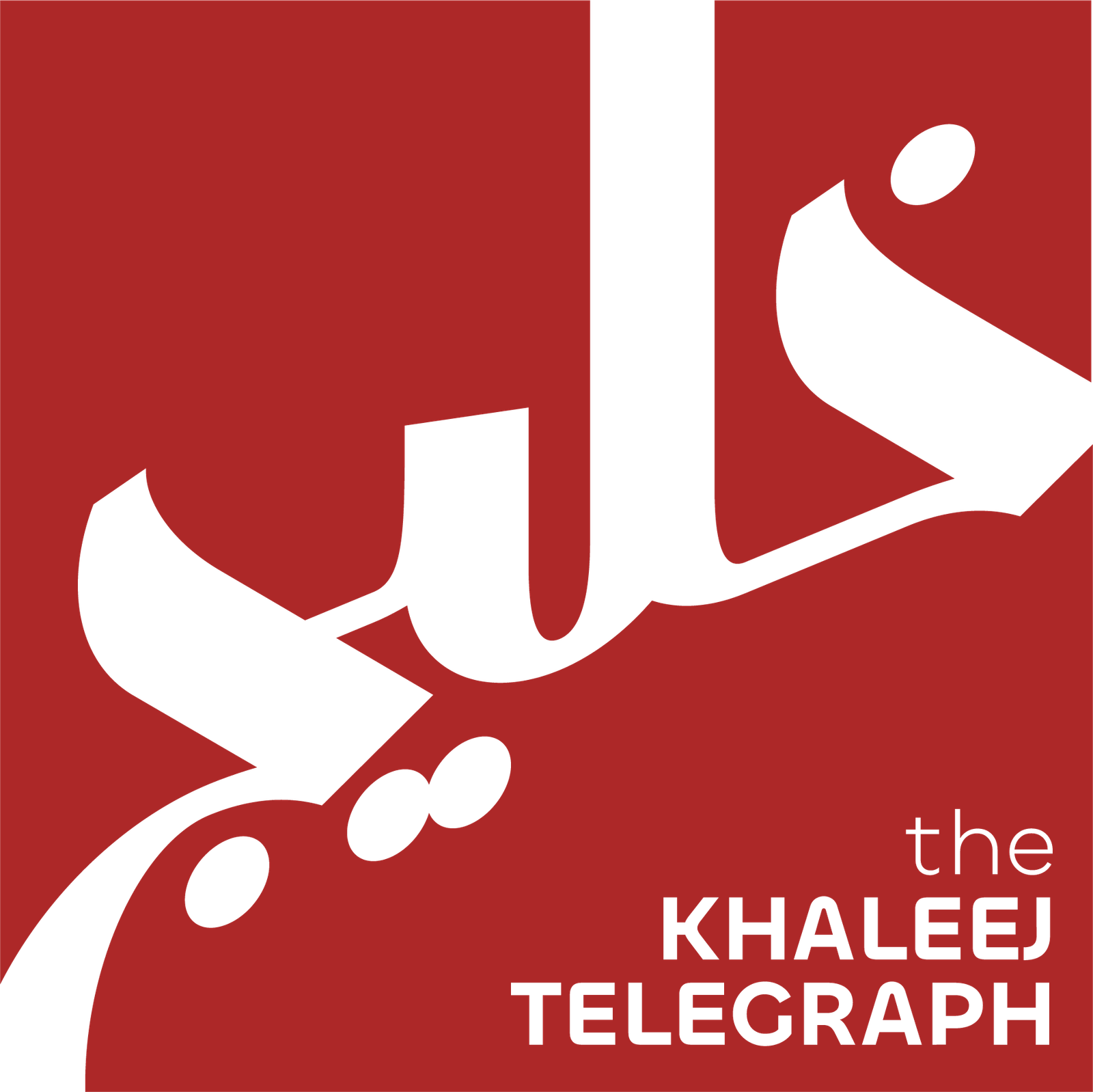Saudi Arabia has solidified its position as a leader in the banking sector, dominating Forbes’ “30 Most Valuable Banks 2025” list. Ten Saudi banks accounted for $269 billion of the total $600.8 billion market capitalization of the listed banks in the Middle East and North Africa (MENA) region. This represents nearly a third of the total market value.
The top spot in the region’s banking industry continues to be held by Al-Rajhi Bank, with a market capitalization of $105.6 billion. This marks a significant achievement for the bank, which remains the most valuable in MENA. Saudi National Bank, valued at $54.7 billion, secured second place.
The United Arab Emirates (UAE) closely follows Saudi Arabia with seven banks valued at $153.4 billion. Qatar contributes six banks worth $76.7 billion, while Morocco and Kuwait each had a smaller representation. Morocco placed three banks on the list, valued at $23.7 billion, and Kuwait secured two banks with a total market value of $68.4 billion.
According to Forbes, the total market value of the top 30 banks saw a year-on-year increase of 3.4%, rising from $581.1 billion in 2024 to $600.8 billion by January 31, 2025. This demonstrates the resilience and growth of the MENA banking sector, which remains a significant part of the global financial landscape.
A key factor driving this growth is the region’s economic diversification. A report from Ernst & Young predicts a 3.5% economic expansion in 2025, boosted by large-scale infrastructure projects and increased non-oil activity. These developments are expected to further strengthen the region’s banking sector, enhancing its stability and profitability.
Al-Rajhi Bank, with its $105.6 billion market value, makes up 17.6% of the total market value of the 30 banks in the ranking. Other top performers include Qatar’s QNB Group and Kuwait Finance House, valued at $41.2 billion and $38.3 billion, respectively. The UAE’s Emirates NBD Group also made it to the list, valued at $28.9 billion.
The resilience of MENA’s banking sector is attributed to strong capital buffers, liquidity levels, and higher interest rates, which have kept banks profitable. With favorable financial conditions and projected economic growth, the future looks bright for MENA’s financial institutions.


